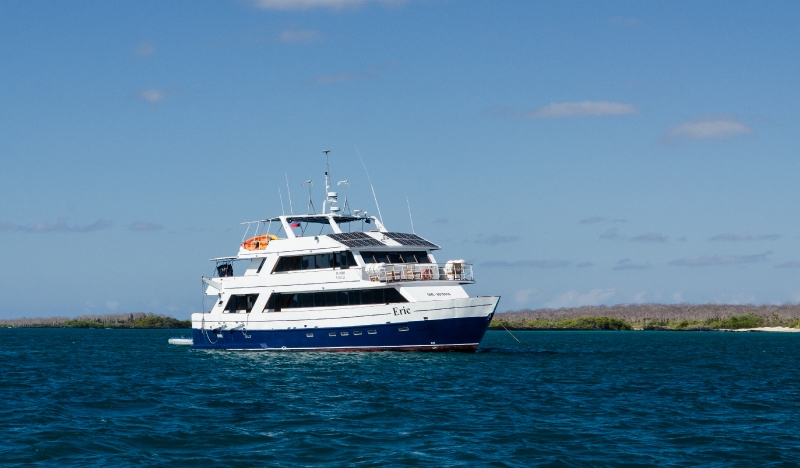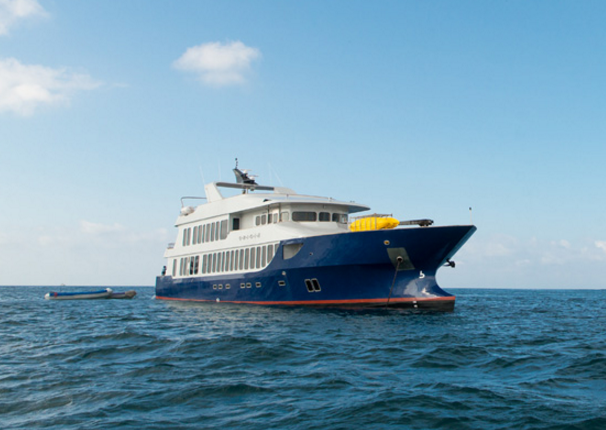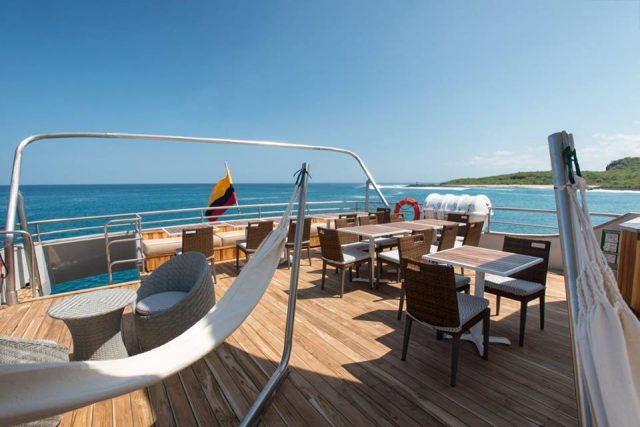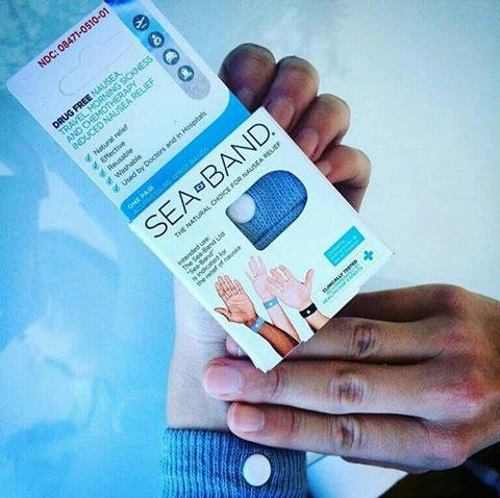When cruising with Ecoventura, it is rare for passengers to experience seasickness on our boats. However, prior to departure, some guests still worry that seasickness may be an issue for them during their cruise.

We urge passengers not to fret. Seasickness typically goes away after a few days, once the body and brain has adjusted to the new movement and environment of being at sea. To help ease worry in those first few days, here are answers to some frequently asked questions we get from guests on how to combat seasickness while cruising with Ecoventura in the Galapagos:
How stable are your boats and the new MV ORIGIN?
Our two identical expedition yachts, the M/Y Eric and Letty, are each 83-feet and hold 20 passengers. The MV ORIGIN is 142-feet and also holds 20 passengers. All of our yachts are incredibly stable and designed for maximized environmental efficiency and comfort of our passengers. That being said, if there are strong currents on a particular day, there will be moderate movement of the vessel while navigating between visitor sites.

Some people say larger boats are more stable, but the difference between a 142-foot boat and a 83-foot boat is marginal.
Do you have suggestions/recommendations for the best time of year to travel if you are prone to seasickness?
If you’re prone to seasickness, you may want to book your trip between January and June, which is when the water tends to be calm. Between July and December the seas can be slightly rougher, especially in September and October. However, just like any ocean destination, weather in the Galapagos can be unpredictable. If you are prone to seasickness, you should come prepared, regardless of what time of the year you cruise with Ecoventura.
Is there a place on the boats that is best to stay for passengers who tend to get seasick?
It is recommended to locate yourself in the middle of the boat, which has less motion than the bow and stern.
When you are feeling sick, we suggest you to get fresh air on the deck (all of our yachts have spacious sun decks and observation areas that are perfect for this!). Facing forward on the boat and glancing at the horizon helps manage seasickness as well.

Do you know of any natural remedies or products passengers prone to seasickness should try?
There are many products available — from prescriptions to over the counter remedies (Dramamine, Bonine and Benadryl) — that help combat seasickness. Many people have also had luck using anti-nausea wristbands, that press against your acupressure points to reduce motion sickness naturally. Some top bands are Sea-Band and Reliefband.

For natural remedies, we recommend altering your diet during your cruise, by avoiding anything too spicy, acidic or fatty and sticking with lighter meals that are gentle on your stomach.
You can also add peppermint and ginger to your diet to ease your stomach and prevent nausea — these herbs are perfect in tea! Sodas like Ginger Ale and Coke help too, as they contain phosphoric acid and sugars that are often found in anti-nausea drugs.
What other recommendations do you have?
In 2014, we wrote a detailed post on Tips To Avoid Seasickness On A Small Boat that includes more suggestions for our passengers. Below are a few additional articles worth reading if you are anxious:




